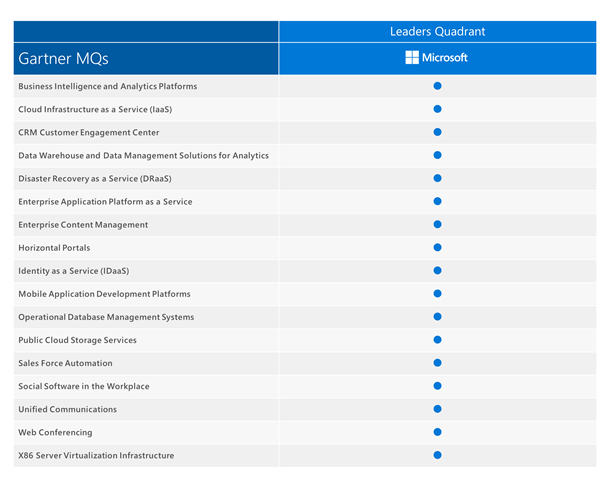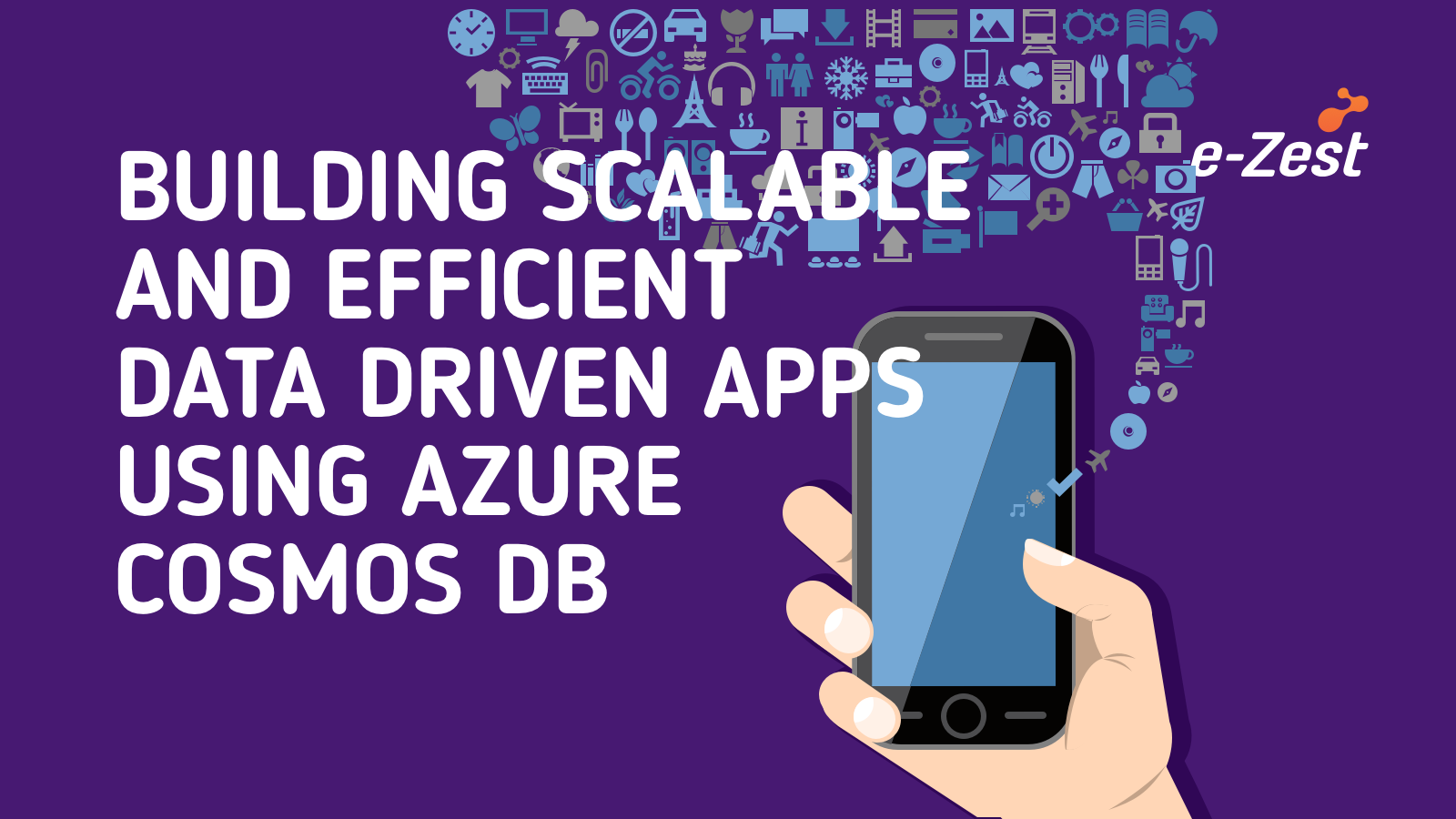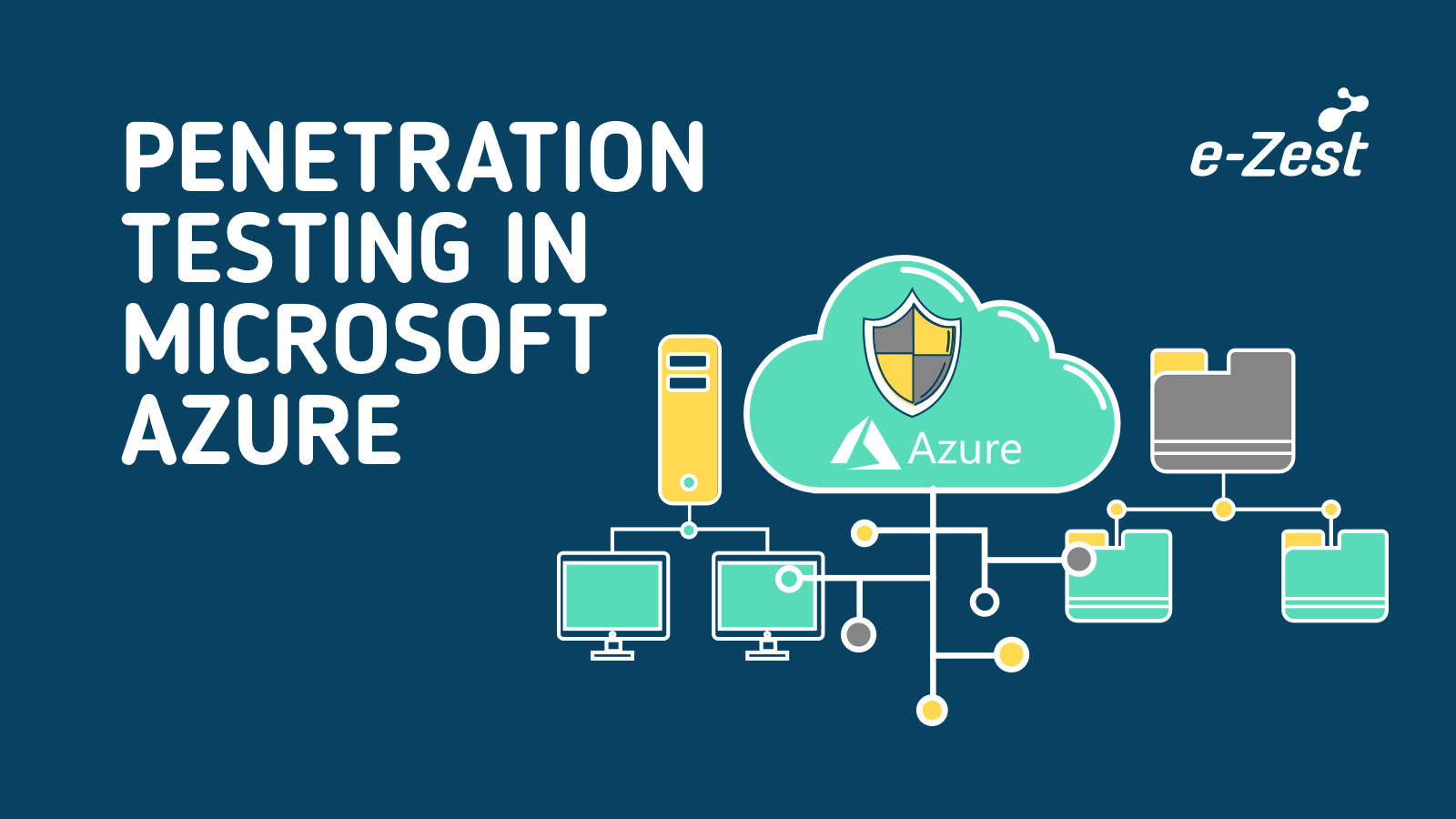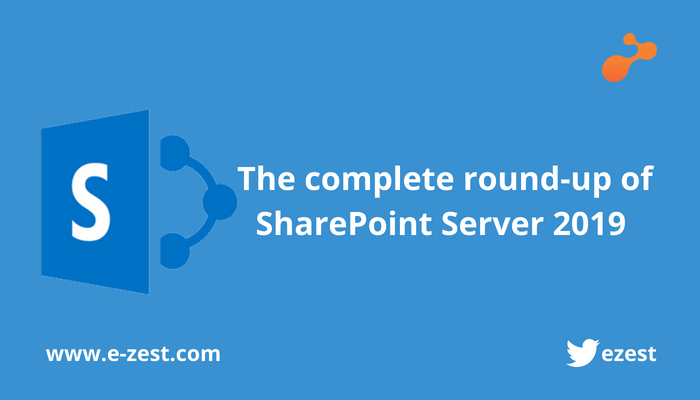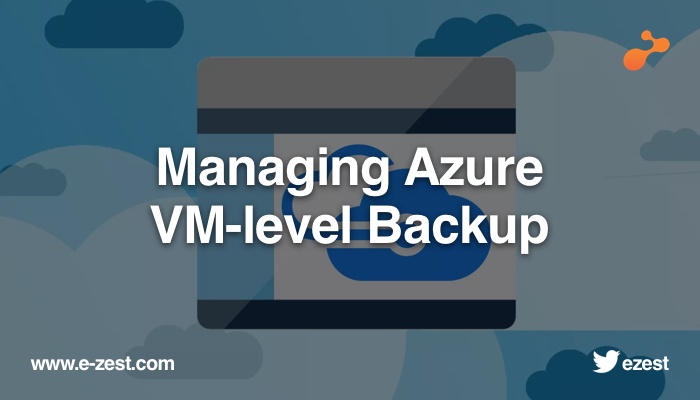The process of managing the Azure cloud can run smoother if enterprises or individuals avoid these 10 mistakes.
Mistake 1: Migrating AWS to Azure without knowing the services of Azure
Most of the times we observe that enterprises face either failure or make a huge investment for Azure. AWS (Amazon) Cloud is competitor of Microsoft Azure but in recent years Microsoft Azure is ahead of AWS in terms of features, offerings and cost. Recently, Microsoft announced partnership with Open Source technologies (Linux and others) due to which there is significant growth in adoption of Azure. Lots of enterprises are moving or evaluating the Azure platform. Through this process people unknowingly tend to make mistakes during provisioning of equivalent Azure components. Enterprises can visit guide from Microsoft mentioned below to understand the equivalent services and offerings in Azure.
https://azure.microsoft.com/en-in/campaigns/azure-vs-aws/mapping/
Mistake 2: Making everyone as administrator in the Azure subscription
For large enterprise we usually have bigger teams. Earlier, in classic Azure portal we use to add multiple members as “Co-administrator” apart from the actual administrator. In few cases, we observed that team members haphazardly remove or delete the Azure components, which creates lot of impact on overall application and ruins the stability of the environment. In some scenarios, it has been observed that members unknowingly keep on provisioning Azure resources for research and evaluation purpose which causes a huge expenditure. Hence, there is no proper mechanism to put control on Azure resource as everyone is a “Co-administrator”. Lately, in new Azure Portal (Preview Portal/Ibiza Portal) we have new service “RBAC” (Role based access control) along with ARM (Azure Resource Manager) which helps to streamline the user management and provides effective way to the map roles per resources. Now, we can restrict users of the subscription with limited roles and thus can put control over the cost and Azure component resource provisioning as well. This helps to avoid the issues which enterprises used to face earlier.
Mistake 3: “Security” taken for granted
Cloud is a hosting platform without barriers of proprietary technologies. Many of the enterprises have perception that cloud platform (here Azure) is secured. Frankly this is not a perception but it’s the truth. Microsoft takes every possible step to keep the platform secure. However it is an individual’s or enterprise’s responsibility to ensure the security at an Azure component level. In Azure IaaS, VMs are the backbone and mostly people do not set strong passwords for example “Test@123” or “p@ssw0rd” which are prone to security threat. While designing the Azure Infrastructure, we need to make sure that only authorized users are allowed to access the components and services. Also, there are capabilities like configuring “NSG (Network Security Groups)” where you can restrict the access. For application security, you can always keep the sensitive information encrypted and there are other offerings like Azure Key Vault which allows you to store sensitive information to leverage it as a service.
Mistake 4: Wrong decisions of choosing PaaS (Platform as a Service) or IaaS (Infrastructure as a Service) in Azure
Microsoft Azure offers various flavors like PaaS (Platform as a Service) or IaaS (Infrastructure as a Service). During multiple implementation or lift and shift approaches enterprises occasionally make wrong choice of offerings. Few solutions can be delivered via PaaS and via IaaS. For example, SQL Server Database offering is flexible and you can have SQL as PaaS (SQL Azure) or you can have SQL as IaaS (Installing SQL on Azure VM). If you require storage instead of additional BI capabilities or reporting then you can choose PaaS. In such scenarios if we make wrong choice then we may land up in paying extra or face implementation issues due to offerings limitations.
Mistake 5: Choosing inappropriate data store or database
Data is key component of any business application and without data no application exists. Microsoft offers variety of options to store data. Most of the time enterprises or individuals hosting application on Azure incline to choose wrong data store due to lack of clarity of the type or nature of data in the application. Azure offers various options to store both relational and non-relational data. Sometimes for simple data which needs to be store in table, people create instance of SQL server which is not necessary. You can always evaluate storage options like blob, tables, and queues. Also there are other non-microsoft data stores like NoSQL, DocumentDB which not only allows to store data but can perform all standard data operations on them with help of APIs exposed by Azure. SQL, Oracle also have rich offerings as data store or database in Azure.
Mistake 6: Not choosing HA (High Availability) infrastructure
Most of the times, for cost saving purpose enterprises or individuals host their applications in non HA environment. In HA environment, cost is bit high since you have another set of VM as failover or fault domain. In Azure due to some plan maintenance or update patches, VMs are bound to get restarted. Also due to physical node failures or any other failures at data center, VM may go down. Therefore, to avoid downtime of your application and have highest availability, Microsoft always recommends to have HA group configured and avoid downtime especially for your critical business applications.
Mistake 7: Not opting for Microsoft support option
In order to save cost, enterprises are reluctant to choose official Microsoft support option during purchase of Azure subscription. Although, enterprises may have proven experience and high skilled expertise, there is always a limitation. Though, Microsoft Azure is Open Cloud (In terms of Technology) still for certain scenarios support is required. For example, if a particular VM is not shutting down even if you force it from portal, powershell or via REST API call, then in such scenarios if all possible solutions or options fail you might require an external support (Microsoft in this case). Thus, if enterprises have not chosen the appropriate support option then there might be a huge impact. As a service provider, Microsoft has full control over its data centers, hence with as a support option it’s easy to troubleshoot and fix issues in the Azure environment instead of getting into road block situation. Support comes with a cost but it’s always recommended to invest in it for long term benefits.
Mistake 8: Choosing incorrect specifications of Azure VM
Azure provides multiple specifications of Windows and Linux. Various multicore and high memory VM specifications are available in Azure. Azure also provide SSD (Solid State Drive) based VMs for high performances. Often, enterprises have a perception that high core and high memory VM must be provisioned for application for high response and fast processes. High core and high memory are costly and if we put such high configuration in high availability group then we bound to pay extra for the infrastructure. But, this doesn’t mean we need to compromise on the VM specification. All aspects like overall user load, nature of the application and geography of the users must be considered by enterprises and individuals hosting their applications, before designing the infrastructure. Also, if there is complex data, large data or image processing, then these things are supposed to be considered while choosing the specification of VMs.
Mistake 9: Azure free trial subscription and billing of over usage
Azure offers free trail subscriptions with limited credit for evaluation purpose (usually for 1 month worth $200 maximum). It’s observed that leveraging this free trial for evaluation purpose and provision, Azure resources may overshoot the usage and incur the cost of extra usage above given credit. As Azure works on pay as you go model, billing starts once you exceed the free trial limits. Sometimes enterprises or individuals needs to bare this unnecessary expenses though they are not using it. This is because they keep running their Azure instances, even if they are not in use or when purpose is served. E.g. If you are provisioning a VM for a test purpose and the VM is in ON state even after your work is completed. This will surely be charged if the VM is in running mode and it exceeds your free trial limit. Therefore it’s advisable to keep resources in OFF state or delete them once you no longer need them.
Mistake 10: Wrong perceptions about compliance and privacy
Mostly enterprises and individuals have concerns about their data and privacy. Microsoft does not have any direct access to your data thus it’s always safe. Microsoft is a service provider and they have overall control on the Azure components as it is required in the support model. Microsoft Azure offers various compliancy accreditations like HIPPA, PCA and ISO. It is always recommended to confirm the compliances queries with Azure experts or Microsoft directly before you take any decisions or make commitments to your customers.
Though there are other causes and issues, the ones mentioned here are most common. There are plenty of other resources available, if you want to learn more about Microsoft Azure.

